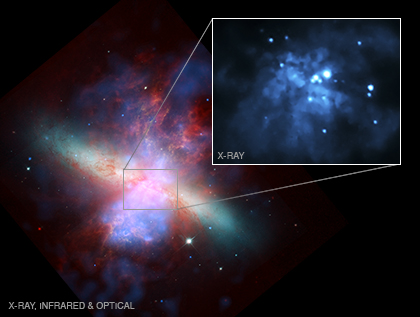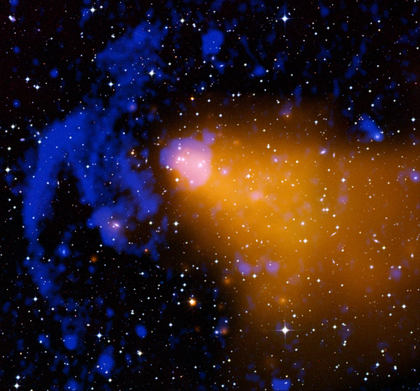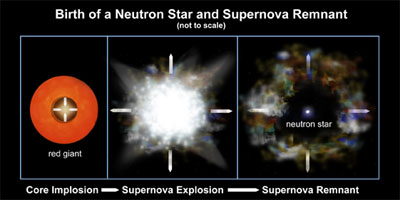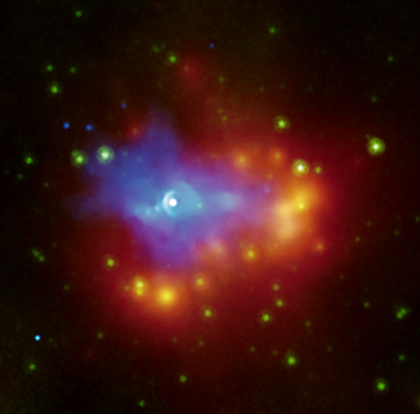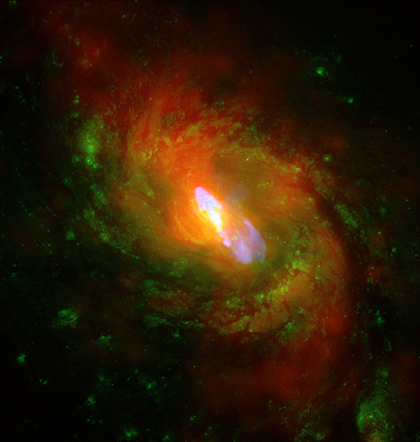Chandra at Smithsonian Folklife Festival
Submitted by chandra on Fri, 2010-05-07 07:47For those of you who are still making 4th of July plans and might be in Washington, DC, for the holiday, here's something to consider. There will be a Chandra exhibit at this summer’s Smithsonian Folklife Festival from July 3-5. Why, you might ask? Well, one of the themes of this year’s festival is the "Unlocking the Mysteries of the Universe" -- and that's basically right up our alley. Throw in the fact that Chandra is operated and managed by the Smithsonian Astrophysical Observatory, and it's practically a match made in heaven.




